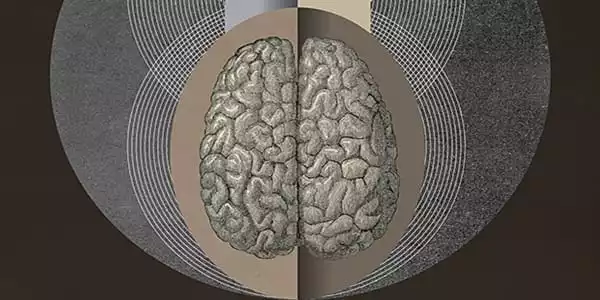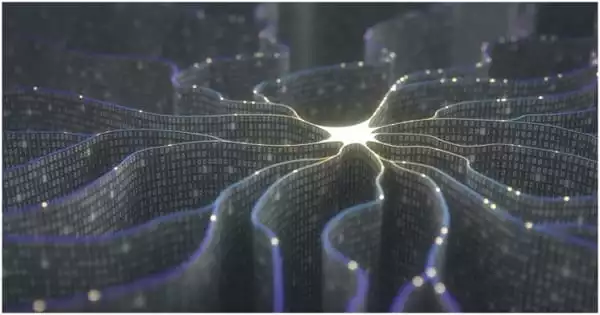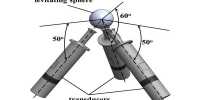Hardware modeled after the brain has the potential to revolutionize computing, but implementing algorithms on such systems is difficult. A proposed conceptual framework could simplify implementation, thereby accelerating research in this field. The brain could inspire the next generation of high-performance, low-power computer systems.
Spiking neural networks are powerful, fast, and energy-efficient because they mimic the structure and function of a natural nervous system. One major challenge is figuring out how to train such complex systems. An interdisciplinary research team has now developed and successfully implemented a training algorithm. It can be used to train spiking neural networks to solve complex tasks while using very little energy.
Creating a machine that processes information as efficiently as the human brain has long been a research goal on the path to true artificial intelligence. An interdisciplinary research team led by Dr. Mihai Petrovici at Heidelberg University and the University of Bern (Switzerland) is tackling this problem with the help of biologically inspired artificial neural networks.
Because they are powerful, fast, and energy-efficient, spiking neural networks, which mimic the structure and function of a natural nervous system, are promising candidates. One major challenge is figuring out how to train such complex systems. The German-Swiss research team has now developed and successfully implemented a training algorithm.
Creating a machine that processes information as efficiently as the human brain has long been a research goal on the path to true artificial intelligence. We developed and successfully implemented a training algorithm. It can be used to train spiking neural networks to solve complex tasks while using very little energy.
Dr Mihai Petrovici
Short electrical pulses known as spikes are used by nerve cells (or neurons) in the brain to transmit information. When a certain stimulus threshold is exceeded, these spikes are triggered. The frequency with which a single neuron produces such spikes, as well as the temporal sequence of the individual spikes, are critical for information exchange. “The main difference between biological spiking networks and artificial neural networks is that because they use spike-based information processing, they can solve complex tasks like image recognition and classification with extreme energy efficiency,” says Julian Göltz, a doctoral student in Dr Petrovici’s research group.
Neuromorphic computing is a computer engineering method in which computer elements are modeled after systems in the human brain and nervous system. The term refers to the development of both hardware and software computing components. Neuromorphic computing machines work like a human brain and perform tasks efficiently and effectively by imitating the neuro-biological networks found in the human brain. Neuromorphic computing has advanced technological developments by giving it the ability to work like the human brain.

The human brain, like the architecturally similar artificial spiking neural networks, can only perform to their full potential if the individual neurons are properly connected to one another. But how can brain-inspired – that is, neuromorphic – systems be tuned to properly process spiking input? “This question is critical for the development of powerful artificial networks based on biological models,” says Laura Kriener, another member of Dr Petrovici’s research team.
To ensure that neurons in a spiking neural network fire at the correct time, special algorithms are required. These algorithms modify the connections between neurons so that the network can perform the required task, such as image classification with high precision.
Dr. Petrovici’s team worked on developing just such an algorithm. “We can train spiking neural networks to code and transmit information exclusively in single spikes using this method. They achieve the desired results in a particularly quick and efficient manner “Julian Göltz explains. Furthermore, the researchers were able to train a neural network using this algorithm on a physical platform, the BrainScaleS-2 neuromorphic hardware platform developed at Heidelberg University.
According to the researchers, the BrainScaleS system processes information up to a thousand times faster than the human brain and consumes far less energy than conventional computer systems. It is part of the European Human Brain Project, which integrates technologies such as neuromorphic computing into an open platform known as EBRAINS. “However, our work is not only relevant to neuromorphic computing and biologically inspired hardware. It also acknowledges the scientific community’s desire to apply so-called Deep Learning approaches to neuroscience, thereby uncovering more secrets about the human brain”, Dr. Petrovici emphasizes.
















